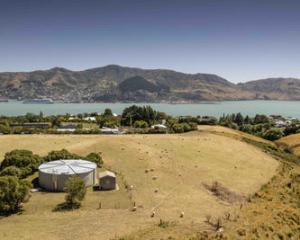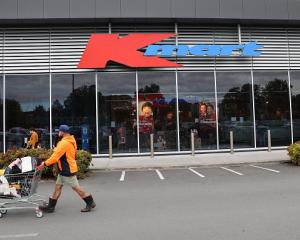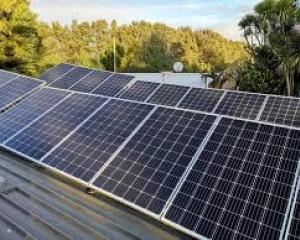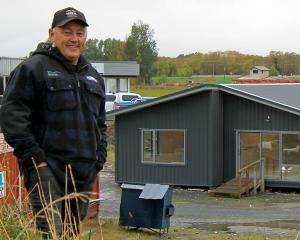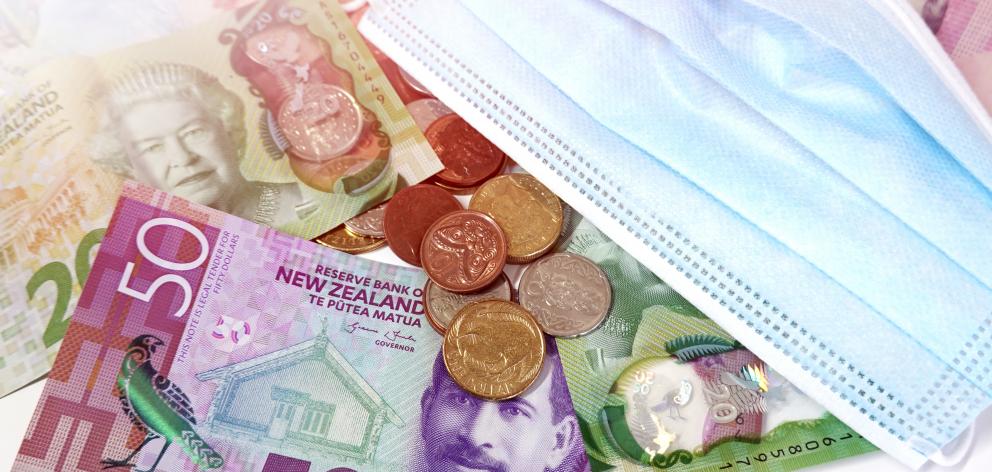
Expectations were for zero growth or a slight increase.
"We saw lower output in the food, beverage, and tobacco manufacturing sub-industry; and the agriculture, forestry, and fishing industry," national accounts industry and production senior manager Ruvani Ratnayake said today.
"These declines corresponded to falls in related exports categories, including dairy products; meat products; agriculture and fishing products; and other food, beverage and tobacco products."
Primary industries drove the decrease in GDP, down 1.2 per cent in the quarter. Goods producing industries also experienced a slight decline, down 0.1 per cent.
In the last quarter of 2021 the economy saw a big bounce of 3 per cent, post-Covid-19 variant Delta (quarter on quarter).
From the first quarter of 2021, growth is up 1.2 per cent, just half the 2.4 per cent forecasts by economists.
On an annual average basis GDP rose 5.1 per cent through the year to March 2022.
Economists at Westpac and ANZ had both downgraded their expectations to zero growth for the quarter. ASB had stuck with its forecast for 0.6 per cent growth. In May's Monetary Policy Statement the Reserve Bank forecast 0.7 per cent.
The different expectations largely relate to timing for the impact of the Covid variant Omicron.
"Covid continues to act as a handbrake on the economy. While the December quarter was marked by ongoing government-mandated restrictions, the March quarter included the peak of the Omicron wave, with worker absenteeism being a substantial issue," Westpac chief economist Michael Gordon said.
"We expect a stronger pickup in the June quarter, and our forecast for growth in 2022 overall remains broadly unchanged."
A flatter first quarter just could mean the bounce delayed into the second quarter.
A flat forecast did mean there was a good chance that GDP could go backwards for the quarter, he said.
"But that wouldn't tell us anything about the prospects of a recession this year. For one thing, the economy is already running well above its sustainable potential, so a brief pullback in GDP would still leave us outside the realm of what could sensibly be called a recession."
ANZ's Mile's Workman also warned of making too much of a first-quarter slowdown.
"There's probably too much Covid noise lingering in these data to comfortably diagnose the trend," he said.
"Downside Omicron risks in Q1 imply equivalent upside bounce risk in Q2, meaning the RBNZ may well look through a forecast miss to some extent."
Some parts of the economy were trucking along okay, he said. But capacity pressures were acute, limiting growth.
"Industries more reliant on foot traffic, such as transport services, retail, and accommodation and food services, will have once again borne the brunt of it."
The partial GDP indicators had been mixed, he said.
"Retail spending fell 0.5 per cent, building work put in place lifted 3.2 per cent,
manufacturing volumes fell 3.5 per cent, wholesale trade (adjusted for price changes) was relatively flat, and hours worked across services industries lifted just 0.1 per cent."
ANZ's expectation for no growth in Q1 was driven by a 0.8 per cent contraction across goods-producing industries and a 0.2 per cent contraction across primary industries, largely offset by a 0.3 per cent lift across services industries (which account for around two-thirds of GDP).
ASB's more optimistic take on the first quarter was offset by a more downbeat outlook for the rest of the year.
"The future is ultimately what matters, so while New Zealand's economic resilience thus far has been impressive, we need to be mindful growth is still set to slow this year," economist Nat Keall said.


